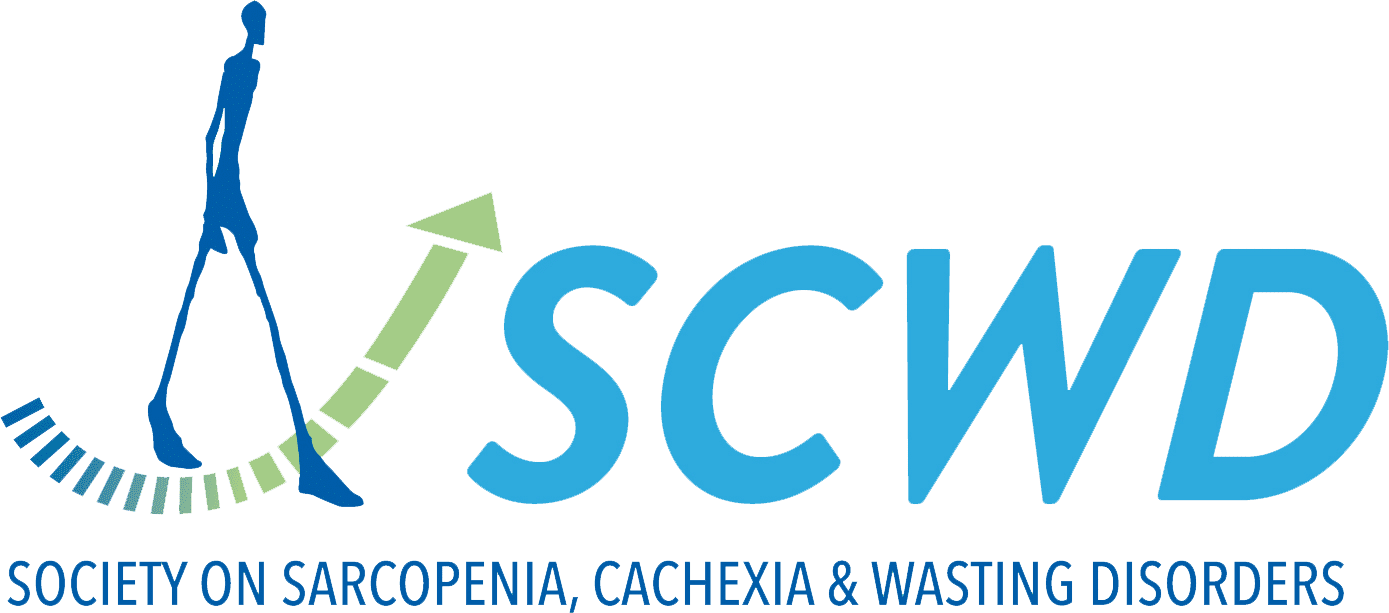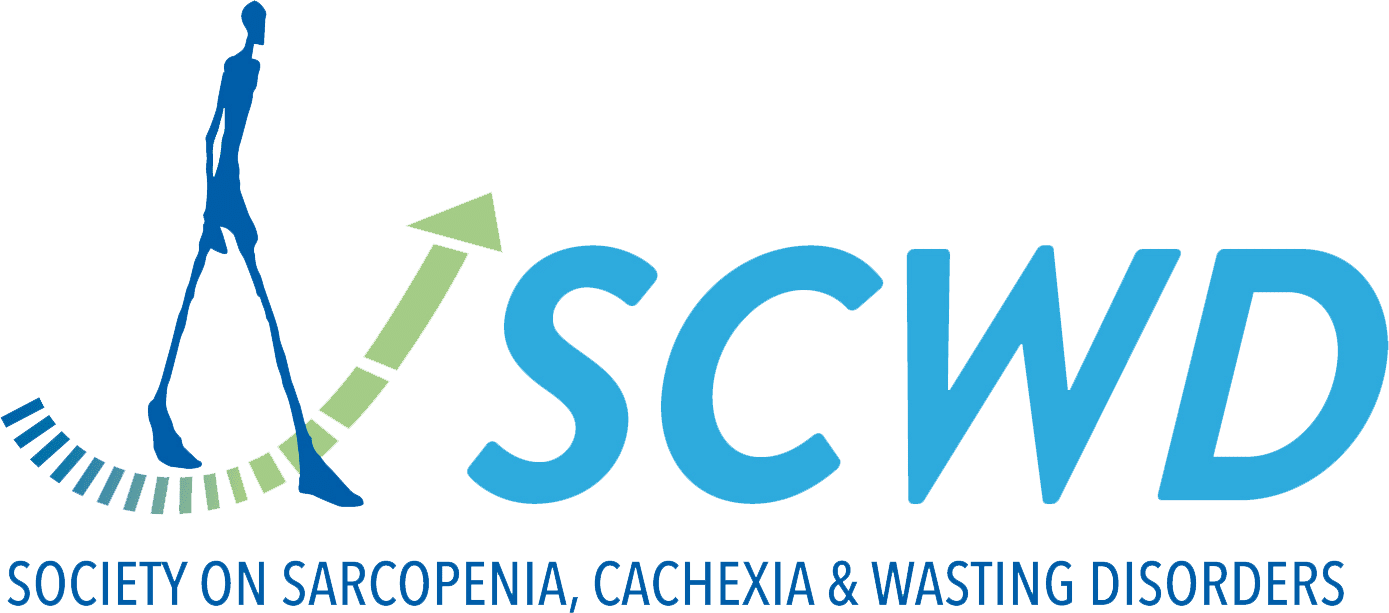Targeting oxidative stress in cancer- and chemotherapy-induced muscle wasting: a review
Article: Targeting mitochondria and oxidative stress in cancer- and chemotherapy-induced muscle wasting
Cancer is often associated with cachexia, a wasting syndrome which is multifactorial and cannot be resolved with simple nutritional aid. It causes loss of muscle mass and is the cause of death for almost a third of cancer patients. However, cachexia is very complex. This muscle-wasting disorder has many underlying mechanisms, whether cancer-induced or chemotherapy induced. Heighted protein catabolism and reduced anabolism, as well as disrupted energy metabolism, are associated with cachexia, but the mechanisms underlying these changes are not fully known. Inflammation and oxidative stress are believed to be important within the mechanisms.
This review by Huot J et al. aimed to evaluate the mechanisms underlying cancer cachexia, particularly discussing the role of oxidative stress.
Key learnings A future focus is needed in fully understanding the pathways of cancer cachexia. Understanding and treating this altered redox balance in the mitochondria is a main focus for the future. There are potential benefits in using pharmacological (or, also, potentially non-pharmacological) approaches to strengthen antioxidant defenses; this may lead to improvements in cachexia.
Reviewed by: Z. Beketova
Authors: Huot J, Baumfalk D, Resendiz A, et al.
Published in: Antioxid Redox Signal 2022


